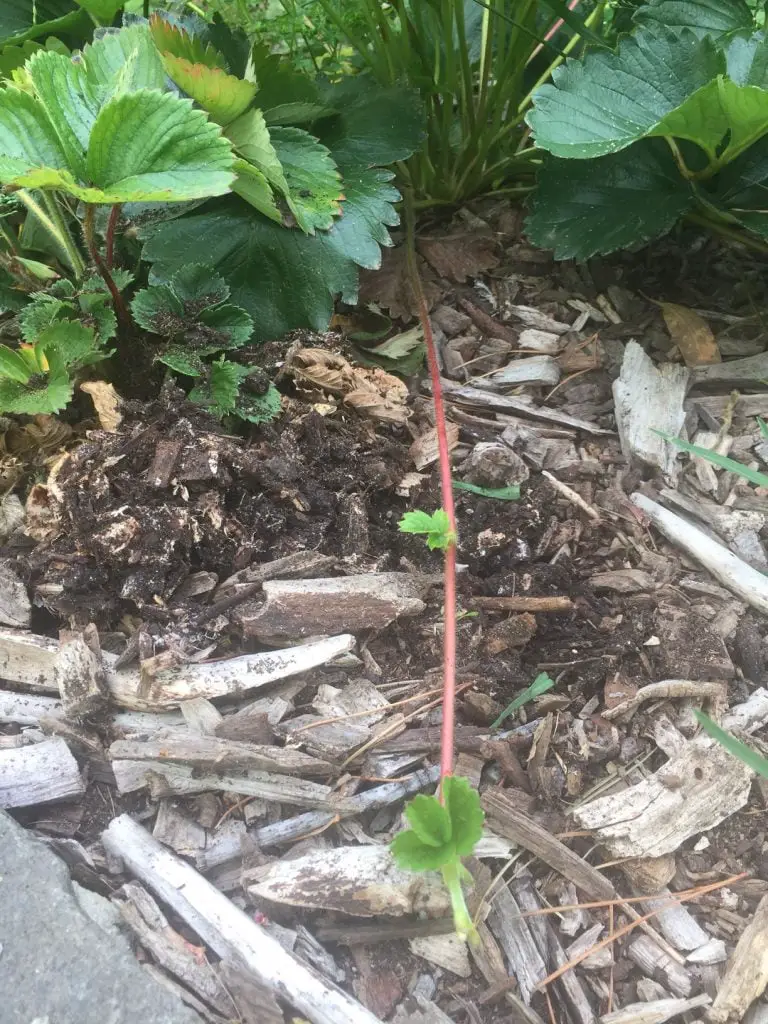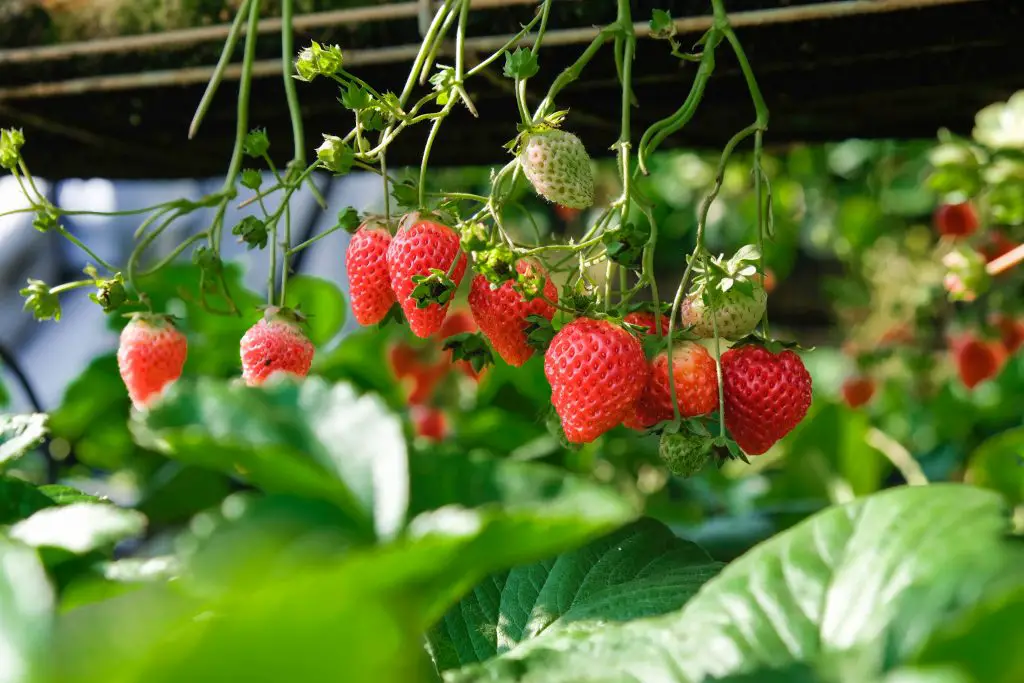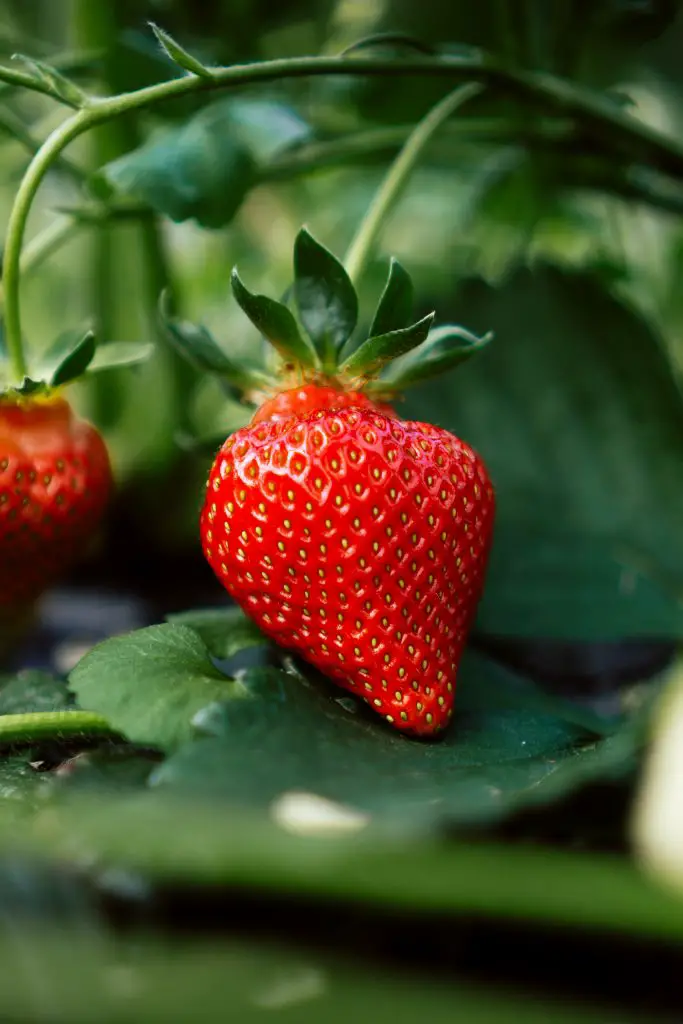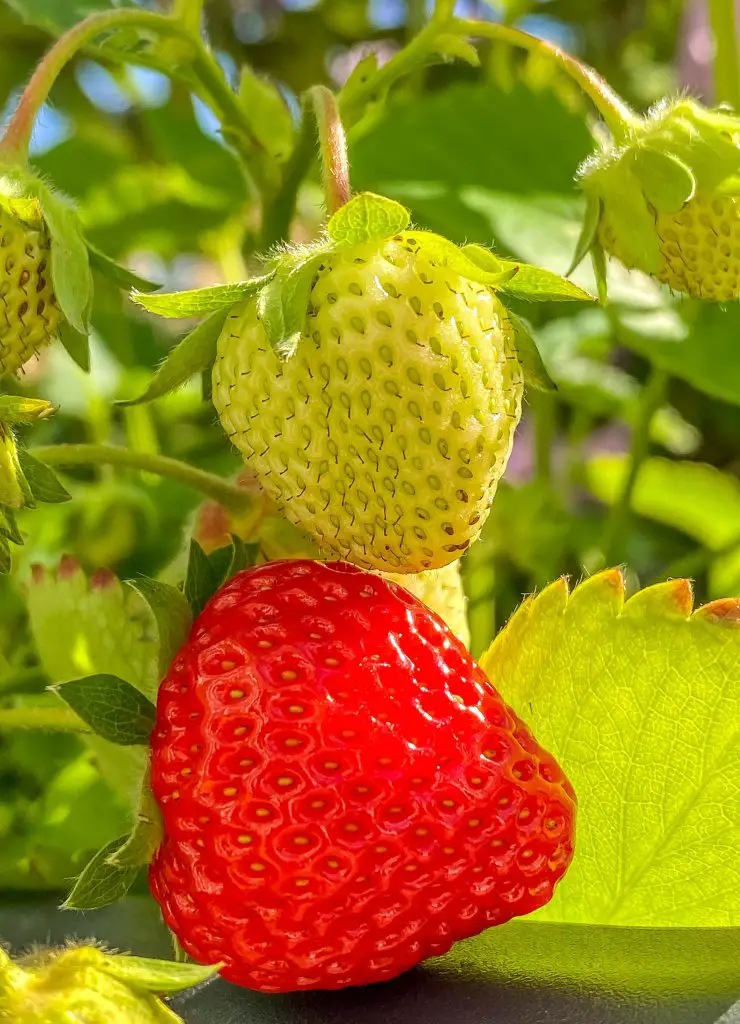Can You Plant Seeds From Store Bought Strawberries? Strawberries remain one of the most popular summer fruits. The homegrown strawberries are renowned for tasting sweeter than store brought fruit, which makes it all the more satisfying to grow your own. But, is it possible to use the seeds from store-bought strawberries to grow your next crop?
You can plant any seeds you remove from a store-bought strawberry and they will produce a plant, however, there is no guarantee that the plant will successfully produce similar fruit to the one from which the seed came from. The reason for this is that the fruit sold in supermarkets is produced using hybrid plants which are genetically unstable.
The common strawberry that we eat today is a cross between wild European strawberries and varieties from North America. As a result of this, any seeds are most likely to produce a plant that more closely resembles one of these species but not a combination of both. This fact explains why common strawberry seeds are not commercially available, however, alpine strawberries seeds can be purchased which are smaller strawberries.
Strawberries are propagated most commonly by runners which are produced by relatively young plants, 3 to 4 years old or less. The runners have growing nodes that produce roots when they come into contact with soil. An example of a strawberry runner is shown in the image below.

What Is The Cheapest Way To Buy Strawberries?
Given that the sowing of seeds is relatively unreliable the cheapest way to buy strawberry plants is to purchase bare-rooted plants. They can be purchased in late winter usually in bunches of 5 or 10 plants for less than one dollar each, however, these plants are generally only available for a short period during the year.
For the remainder of the year, strawberries are available as potted plants, but they are significantly more expensive than bare-rooted plants. The only time you may get cheaper plants is toward the end of the growing season when excess stock can sometimes be marked down.
How Many Strawberry Plants Should I Purchase?
When deciding on the number of strawberry plants to purchase the key consideration, apart from the space you have in your garden is how many strawberries do you want to produce? A typical strawberry will produce 1.5 to 3.0 lbs (0.7 to 1.4kg) of fruit over the season, though it varies depending upon the variety. To read more about which varies produce the best yield click here.
For most gardeners, I recommend getting 10 to 20 plants, as this will produce a worthwhile volume of fruit and allow you to increase the volume of plants relatively quickly. It is possible to double or even triple the stocks of plants you have for the following season if you propagate the runners.
Strawberry plants produce on average 5 to 7 runners per season, which means that it is possible to produce 5 to 7 new plants on each plant per year. However, a study by Purdue University suggests that the optimal number of runners, producing new plants should be 2 to 3, any more than that negatively affects the development of the parent plants’ crown, click here to learn more.

How To Maintain A Productive Strawberry Patch
Many inexperienced gardeners purchase strawberry plants thinking that because it is a perennial plant it will produce fruit every year for the foreseeable future. However, it is very common to see home gardeners having an unproductive strawberry patch within a few years.
The reason for this is that strawberry plants are extremely productive in the first 3 years and then the yield falls dramatically in the 4th year and never recovers. In addition to the fruit production reducing the runner production also dries up which means that you quickly reach the point where you are unable to increase your plant stocks again as dividing old strawberry plants often does not reinvigorate them.
Additionally, it usually takes some gardeners a few years to realize that there are no more strawberries coming, as most people will put the first year or two down to just a bad year as years 2 and 3 are usually the most productive. So how do you manage this problem?
If you are like me you don’t know what you have done from one year to the next the most systematic approach is to have 3 beds for strawberries, a year 1, 2, and 3 bed. When starting out buy enough strawberries to fill 1 bed and then aim to propagate enough strawberries to fill bed 2. In the third year propagate enough strawberries to replace the plants in bed 1 and fill bed 3.
As the plants in bed 1 are in their 3rd and final year additional runners can be propagated into new plants without any concern about the effects it might have on the crown development as the plants will be thrown out anyway.
It is important to highlight that it is an absolute necessity to be ruthless with the removal of 3-year old plants. If you do not get rid of them you can expect to be purchasing new plants from the store in a few years.

How To Grow And Propagate Strawberry Plants
Strawberry plants are relatively easy to grow, the best time to put new plants in is early spring. If the plants are put in relatively early in the season they will produce fruit in their first season.
Strawberries require a warm location that gets at least 6 to 8 hours of sunlight per day, in partial shade the plants will survive but will not fruit properly. In terms of soil condition, the plants prefer rich, moist soil that drains well and is slightly acidic. In the soil is lacking nutrients it is recommended that compost be added to the soil.
When putting the strawberries in the ground they should be planted at a depth that allows the very top of the crown to be just slightly above the surface. The plants should be spaced approximately 10 inches apart. Once in the ground, the plants need to be mulched with straw or sugar cane mulch.
The mulch is important as it not only helps to retain moisture and suppresses weeds, it also stops the berries from coming in direct contact with the soil which will cause the fruits to rot prematurely. Once the mulch has been applied water the plants thoroughly.
When the plants start to produce flowers it is time to protect the plants with netting to ensure that the birds do not get to the fruit before you do. When the fruit is beginning to change color it is important to check the plant regularly to ensure that fruit is picked as soon as it is ripe. The sweetness of the strawberries will be at its best when all sides of the fruit have fully developed their color.

If you are picking fruit at the time of the year when there is only a few fruits available during any one visit you can opt to freeze the fruit. The easiest way to do this is to keep a resealable bag in the freezer that you can continually add strawberries to.
To propagate the plant when strawberry runners are produced is quite simple. Wait until a growth point appears, which is the area where leaves are produced, and pin that selection of the runner to the ground. This can be done by placing a rock on the runner or using a piece of wire.
The section of the plant will start to produce roots and leaves and get progressively larger in size. The runner joining the new plant to the parent plant should be left intact until the end of the growing season. By this stage, the plant will have a fully developed root system that will allow the plant to survive on its own.
At this stage, the plant can be separated from the mother plant, dug up, and moved into its final location ready for next season.
